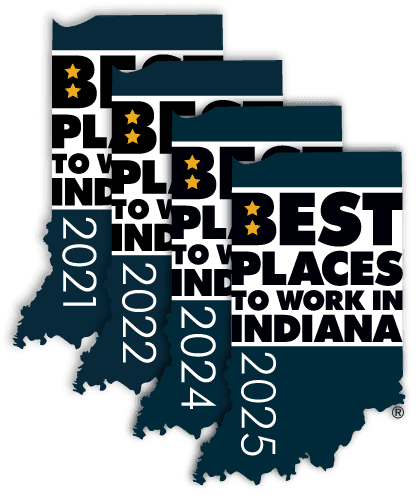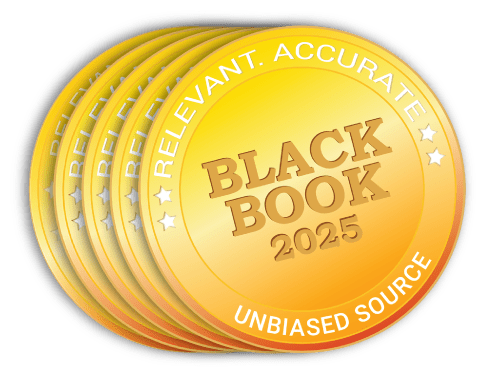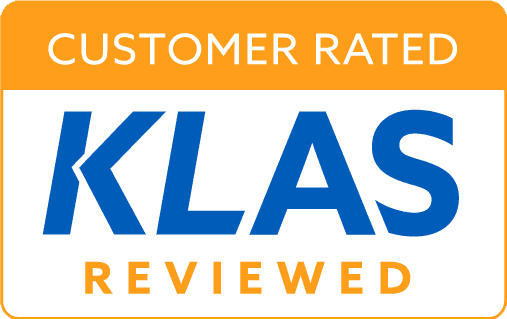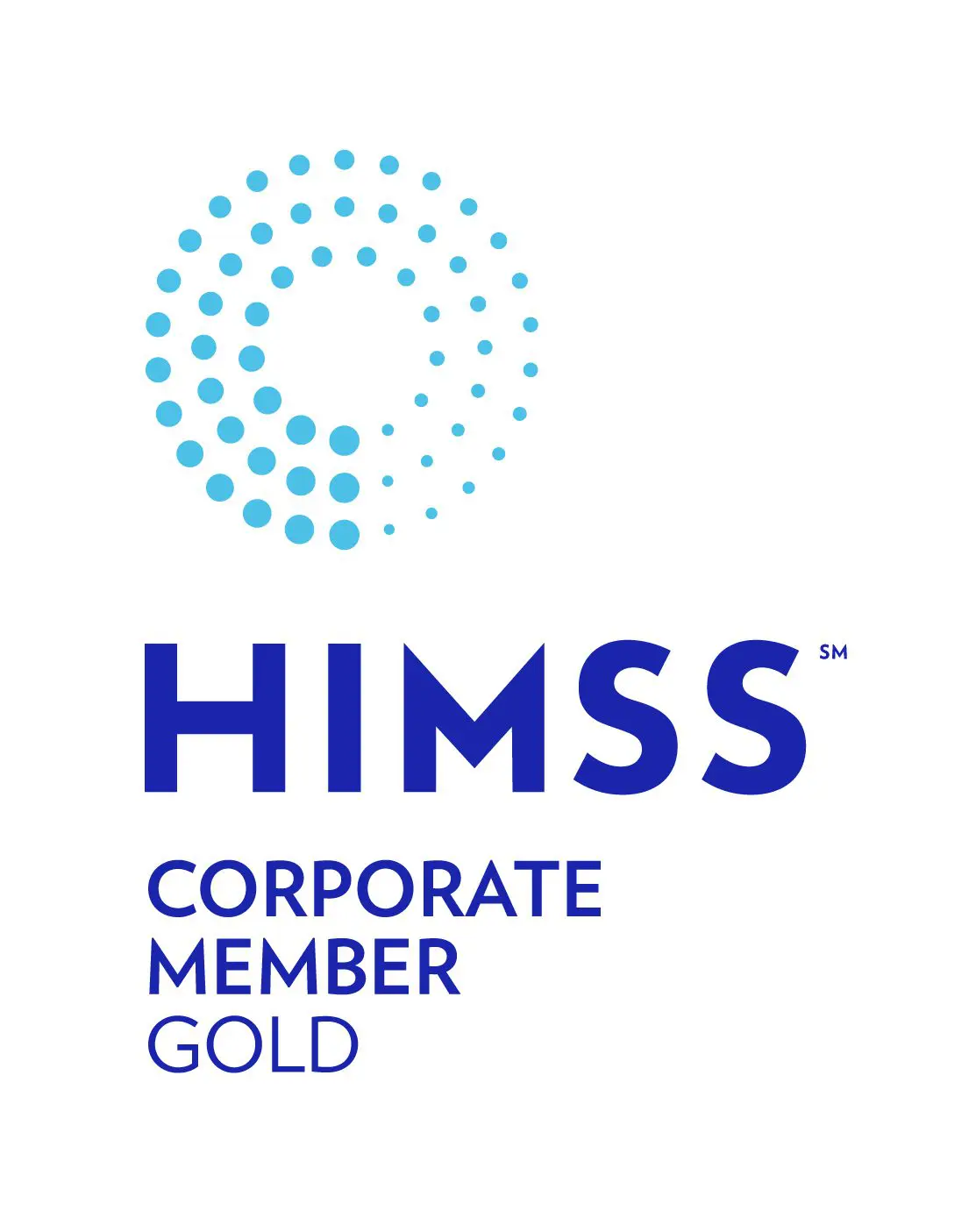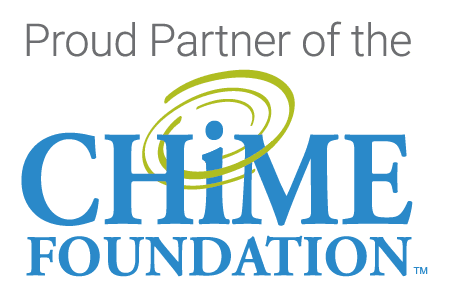
7 out of 10 physicians report that electronic health records (EHRs) contribute to physician burnout. That’s not surprising considering that 70% of physicians spend more than 10 hours each week on paperwork, maintaining compliance with a multitude of standards and requirements. Further, a survey by the Physicians Foundation found that “when EHRs are poorly designed or are not user friendly, the frustrations inherent to paperwork duties are magnified.”
One way of battling physician burnout is by employing medical scribes – paraprofessionals who specialize in charting physician-patient encounters in real time. The role of the medical scribe is to:
- help providers navigate the EHR
- enter information into the EHR as directed by providers
- respond to various messages as directed by providers
- research information requested by providers
- locate information for review (i.e., previous notes, reports, test results, and laboratory results)
One notable aspect of the medical scribe’s job is to locate historical medical record information for review at time of treatment. For example, there may be certain test results or former problems that, when considered with current symptoms, could inform a better treatment plan. Depending on which EHR is being utilized by the physician and medical scribe, how long it’s been in use and what historical clinical data elements got converted into that EHR, this task can be more daunting than one might think.
As a contributor to lifecycle data management software, Harmony Healthcare IT consistently considers the user, such as a clinician, medical scribe or health information management (HIM) staff, when designing and enhancing its long-term medical record retention solution, HealthData Archiver®. Current key features that support efficient clinical and HIM workflows, and equate to longer-term benefits such as less physician burnout include:
Single Sign On – A simple yet extremely helpful capability, Single Sign On eliminates the need for manual logons into archived, historical medical records by seamlessly connecting clinicians from an active EHR, in-context, to the patient’s historical medical record. This feature saves valuable time and is typically available for most major EMR brands, like Epic, via standards such as Oauth/OpenID, Advanced Encryption Standard (AES), Security Assertion Markup Language (SAML 2.0) and others.
Consolidated Clinical View – Further saving time, a Consolidated Clinical View in an archive aggregates a single patient’s encounter data across multiple legacy data sources to a single screen. This view provides added convenience and access to a comprehensive clinical narrative (i.e., lab results, flow sheets, growth charts or other clinical data) to better inform treatment decisions at the point of care.
Data Filtering/Sorting – When an archive stores data discretely, it opens up to the time-saving feature of filtering and sorting. Not only can data like medications or lab values be readily discovered and reviewed, but they can also be sorted in ascending, descending, alpha or numeric order.
Notes and Comments – Since archived medical records are stored separately from those in the active EHR, an ability to view the information and then add notes as necessary becomes valuable to other users. Notes and Comments allows a clinical, medical scribe, HIM staffer or any archive user to create and store unlimited documentation to help create more context to otherwise immutable stored records.
These are just a few features that an archive of medical records can offer physicians and medical scribes to save time and lessen EHR workflow frustrations. Fortunately, there is a continued industry focus on how to further advance EHR workflow efficiencies to help stifle physician burnout.
Stanford Medicine recently hosted a medical symposium where experts discussed strategies to help minimize the burden of documentation and learn more efficient ways to utilize technology. One of the innovations offered up was that of Steven Lin, MD, clinical assistant professor of medicine at Stanford, who’s developing a utilization for artificial intelligence to “create a patient record by transcribing conversations during doctor visits.” While AI could certainly have a revolutionary impact on clinical data intake and management, there remain challenges like the limitations of direct transcripts to be worked through before field testing can begin.
Until AI takes hold in a more significant way, Harmony Healthcare IT will continue to do its part, as a first-to-market innovator, to provide legacy data archive solutions that fit into an efficient clinical workflow for physicians and medical scribes.
Are you in need of more efficiencies? Let’s connect.

